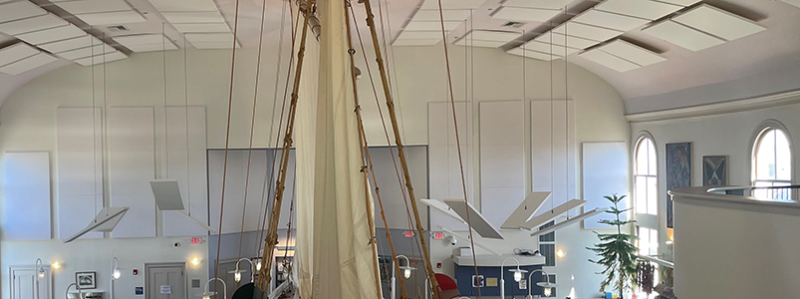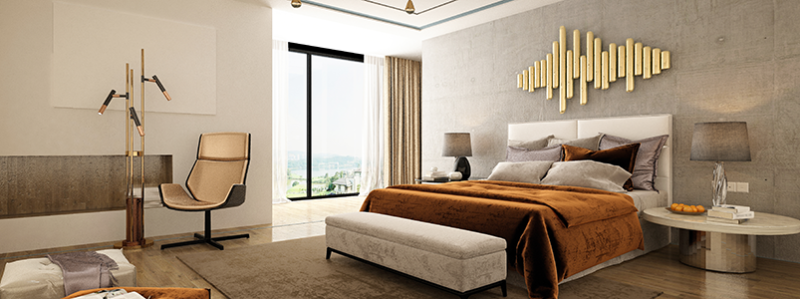
Sound Masking and Sound Treatment
Sound Masking and Sound Treatment are two things that often get confused with each other. Sound masking is a process in which ambient environmental noise is introduced to an area, typically an office space or workspace, for the purpose of reducing speech intelligibility and acoustic distractions. This can be carried out using various embodiments, such as white noise devices, wall-mounted loudspeakers emitting low-frequency sound waves, or ultrasonic speakers that use ultrasound frequencies instead of audible ones.
On the other hand, sound treatment involves controlling reverberation within a room by strategically placing absorptive materials along surfaces like walls and ceilings. While this method won’t offer any privacy benefits (unlike sound masking), it will help improve acoustics, making conversations more clear while also enhancing audio equipment performance when used in entertainment spaces like bars or home theaters.
Both processes are equally effective at providing comfort, but they should not be seen as interchangeable since each serves its own unique function depending on the specific requirements of users. In this blog post, we will explore the differences between sound masking and sound treatment and help you determine which solution is best for your needs.
What is Sound Masking?
Sound masking is a technique used to add background noise to a space in order to reduce the intelligibility of unwanted sounds. This can include external noise from traffic and other sources, as well as internal noise from conversations and other activities. By adding background noise, sound masking can make it more difficult for people to hear unwanted sounds, creating a more comfortable and productive environment.
Sound masking can be achieved through the use of white and other colored noise generators or soundscaping. Noise generators create a consistent background noise that can mask unwanted sounds, while soundscaping creates a pleasant background noise that can mask unwanted sounds.
What is Sound Treatment?
Sound treatment, on the other hand, is a technique used to improve the acoustic environment of a space by reducing echo, reverberation, and other unwanted sound reflections. This can be achieved through the use of acoustic paneling, ceiling tiles, and other sound-absorbing materials. These materials can help to absorb sound and reduce echo, making it easier for people to hear clearly and communicate effectively in the space.
Sound treatment is a more specific solution, which is used in a variety of spaces. Sound quality is important in spaces such as recording studios, conference rooms, and home theaters, churches, and anywhere people gather or where noise is an issue.
When choosing between sound masking and sound treatment, it is important to consider the specific needs of your space and the type of sound that you are trying to control. Additionally, it’s important to consider the style and décor of your space, as both solutions come in a variety of finishes, colors, and designs to match any space.
Conclusion
In conclusion, sound masking and sound treatment are two popular solutions for controlling noise and sound in a space. While they work in different ways and are used for different purposes, both solutions can help to improve the acoustic environment of a space. Sound masking can be a great solution for reducing the intelligibility of unwanted sounds, while sound treatment can help to reduce echo and reverberation and improve the overall sound quality. It’s important to consider the specific needs of your space and the type of sound that you are trying to control in order to determine which solution is best for your needs.
-
April 11, 2024
Acoustic Improvements at Provincetown Public Library
-
November 16, 2023
How to Soundproof a Room
-
September 26, 2023
Quieting the Racket: Understanding Pickleball Noise and Effective Solutions




